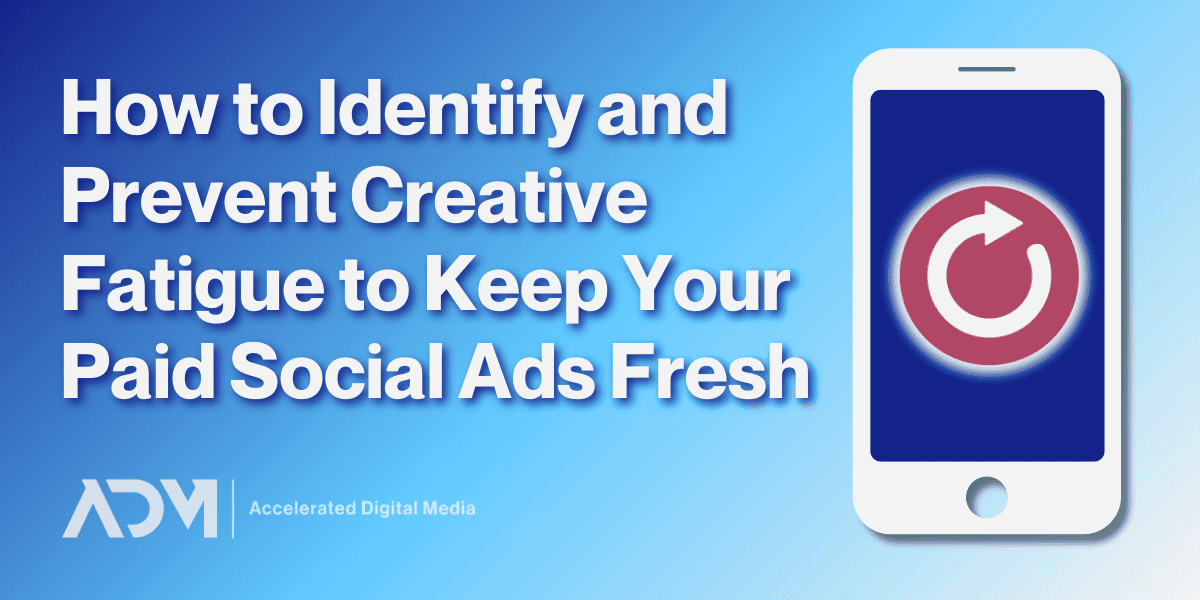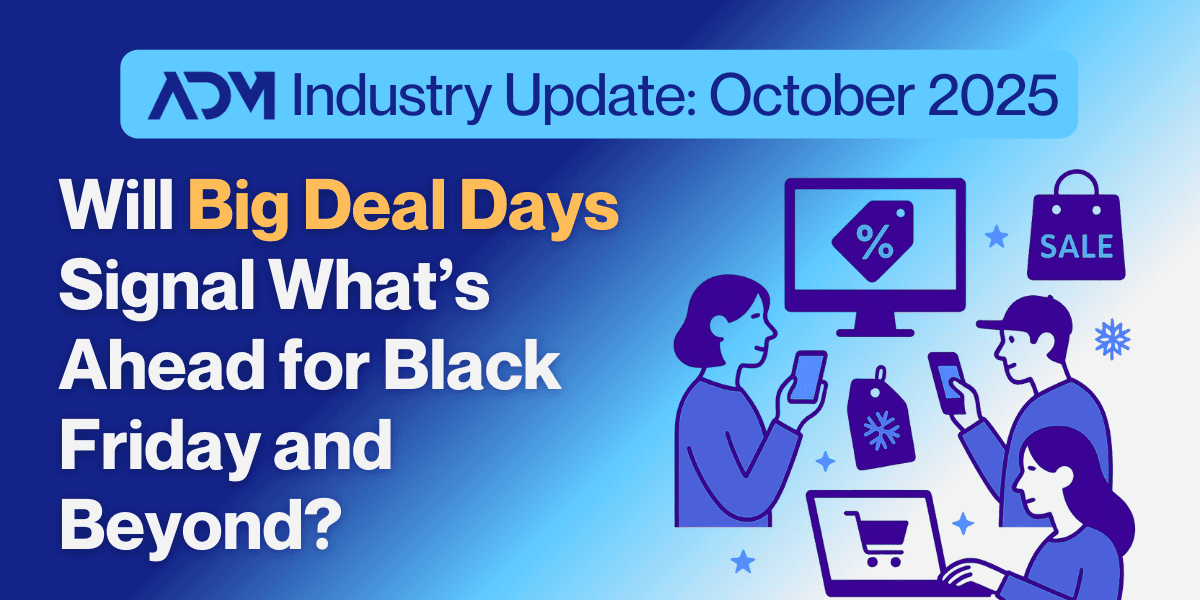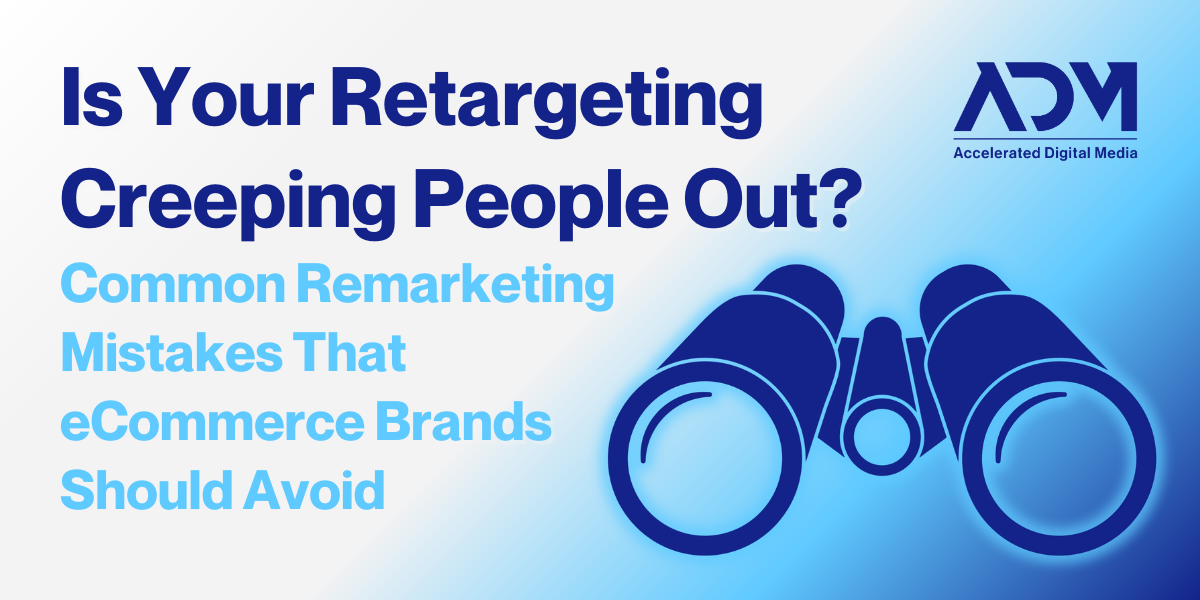Even your best-performing ads have a shelf life. The good news is, you don’t have to let that tank your overall paid social media performance. If you understand what affects fatigue and how to detect it, there are a few simple ad remedies that can refresh your ad creative.
How Often Should You Update Ad Creative?
Channel, budget, audience size, format, and the number of creatives you have running all affect frequency—and how quickly ads will fatigue. There’s no universal rule for lifespan. But when you understand the refresh cadence for each channel, you know how to keep an eye out for the signs.
Influencer-driven, video-first channels like TikTok and Snapchat have the fastest turnover rates. These channels rely on fresh content at a fast pace, meaning it can take a larger budget and creative library to truly compete in those spaces. Fatigue can also happen there quite quickly, so you’ll want to refresh weekly.
If we’re looking at Meta advertising, at minimum we expect it to take 5 to 7 days for a regular Feed ad to graduate from the learning phase and get onto its feet. If performance starts out well, it will typically take 2 to 4 weeks before returns start to diminish—though some can continue to be effective for as long as 6 weeks. Reels and Stories have a faster pace, with Reels from 5-10 days and Stories from 10-20.
Meanwhile, slower-moving channels like Pinterest can have months-long arcs to conversion. As Pinterest says, Pinners are planners—as in, Pinterest users spend a lot of time shopping and ideating before buying. It’s as trend-driven as all the other channels, but that’s a channel where it can pay to play the long game.
With so many factors affecting fatigue, it’s important to be data-driven and know how to detect the signs of fatigue in creative performance reporting.
The Signs of Ad Fatigue
Good marketers are hands-on with their ads, but it’s important to strike a balance between checking data too infrequently and refreshing reports obsessively. How often you check performance will influence your perspective on what’s winning.
We consistently see that the very earliest performance signals are not always a predictor of an ad’s potential—even if an ad gets off to a sluggish start, pulling it within the first few days is a waste of time and budget. That’s why it’s useful to make data comparisons at regular intervals: one week, two weeks, one month, quarterly. If you check in too early, too often, you run the risk of making premature decisions.
Warning signs that creative is starting to fade:
- Spend beginning to slow
- Declining conversion rates
- Poor efficiency
But if you’re checking at appropriate intervals, you’ll start to detect these drops as they happen. That way, you can begin cycling in new ad creative before the bottom falls out.
Low-Lift Ways to Keep Ad Creative Fresh
Iterations are an excellent way to add volume to the account without needing to do net-new ads every time. My favorite low-lift refreshes are things that keep the content largely intact, but give users something new to consider. I’m often looking to turn an image into a splitscreen, add visual interest, swap models, or layer in new information that educates or changes intent.
Some quick tips:
- Ad copy is more impactful than most give it credit for, though it often fatigues faster than visuals. Having a vast, diverse copy bank to pull from can help your visual elements live longer. Re-message a headline. Try a list. Add emojis. Try humor.
- See what different CTAs can do. A new call-to-action can reset how people engage with your ad. Where applicable: Add urgency (“Limited Edition,” “Sign Up Now”) or social proof (“Bestseller,” star ratings) or both (“Selling Fast!”)
- Shift formats. Creative may have exhausted its lifespan in one form, but making it another aspect ratio or format may allow the same visual to find new success. Perhaps a top-performing image could live on as a good header for a Collection ad, an animated gif, or a carousel ad.
- For videos, try a new intro. Social media is the land of short attention spans—so the first three seconds of your video, or sometimes only the thumbnail, may be the only thing people see. Consider reordering or changing the pacing of your video.
- Add seasonal elements to renew relevance. Seasonal colors, frames, and holiday elements can bring an ad back into the flow.
And perhaps most importantly, the no-change option: Pump the brakes. Your best performers can always be paused and reintroduced, often giving them new life.
Creative Strategy is a Long Game
Short-term refreshes are essential, but will only take you so far. The best approach is a combination of low-lift iterations, regular net-new creative, and long-term strategy.
Follow a steady refresh cadence while staying alert for the signs you need to introduce your next wave of ad creative: net-new, meaningfully different designs for the platform to optimize. The goal isn’t just to replenish, but to improve upon what’s already working. Aim to have biweekly and monthly creative ready to go, and ramp up production ahead of key holidays, seasons, and brand-specific moments.
Lastly, bear in mind that creative fatigue has external factors which can be harder to see. Keep an eye on your competitors—not just the direct or aspirational ones, but also brands using a similar visual language to yours on the same channels. Do some digging. If your industry leans heavily into a certain look or color palette, think about how you can stand out to your audience.
Creative fatigue is inevitable—but with diligent data check-ins and a channel-optimized refresh cadence, your next winning ad will already be in the pipeline. If you’re looking for a digital marketing partner with a robust creative offering and testing approach, don’t hesitate to reach out to our team below:




